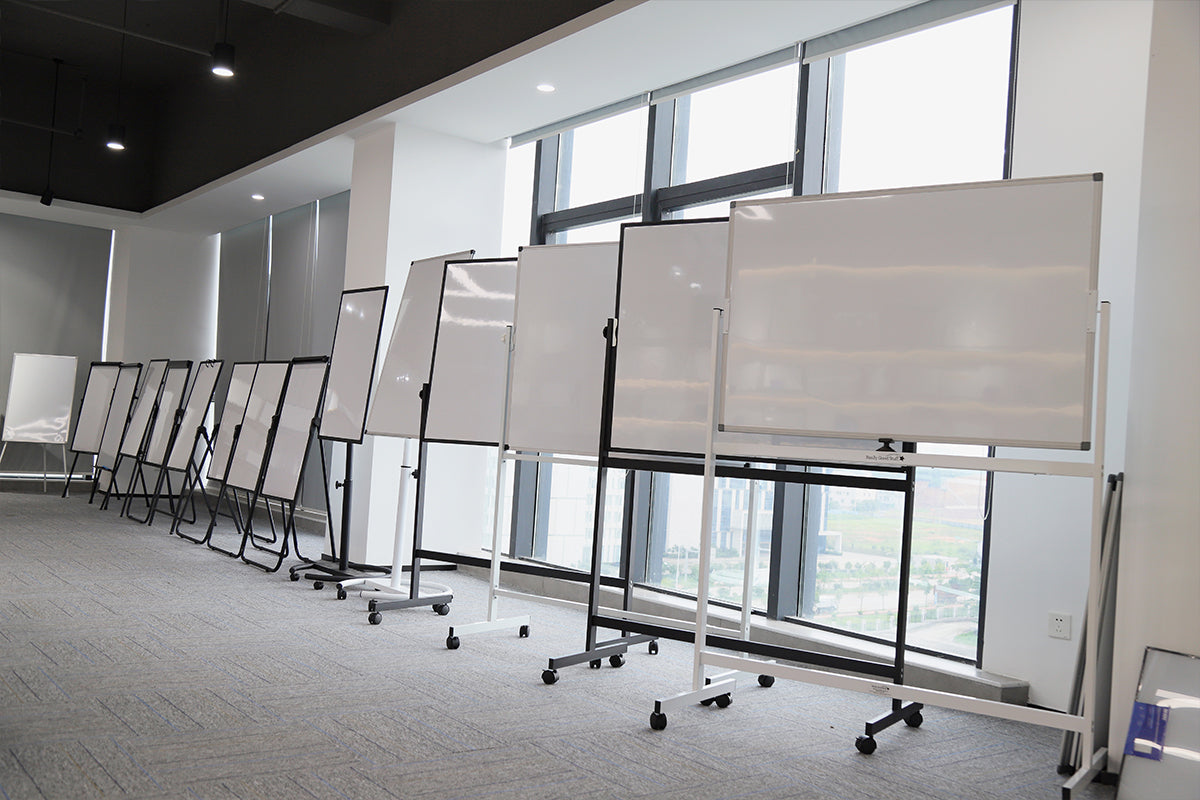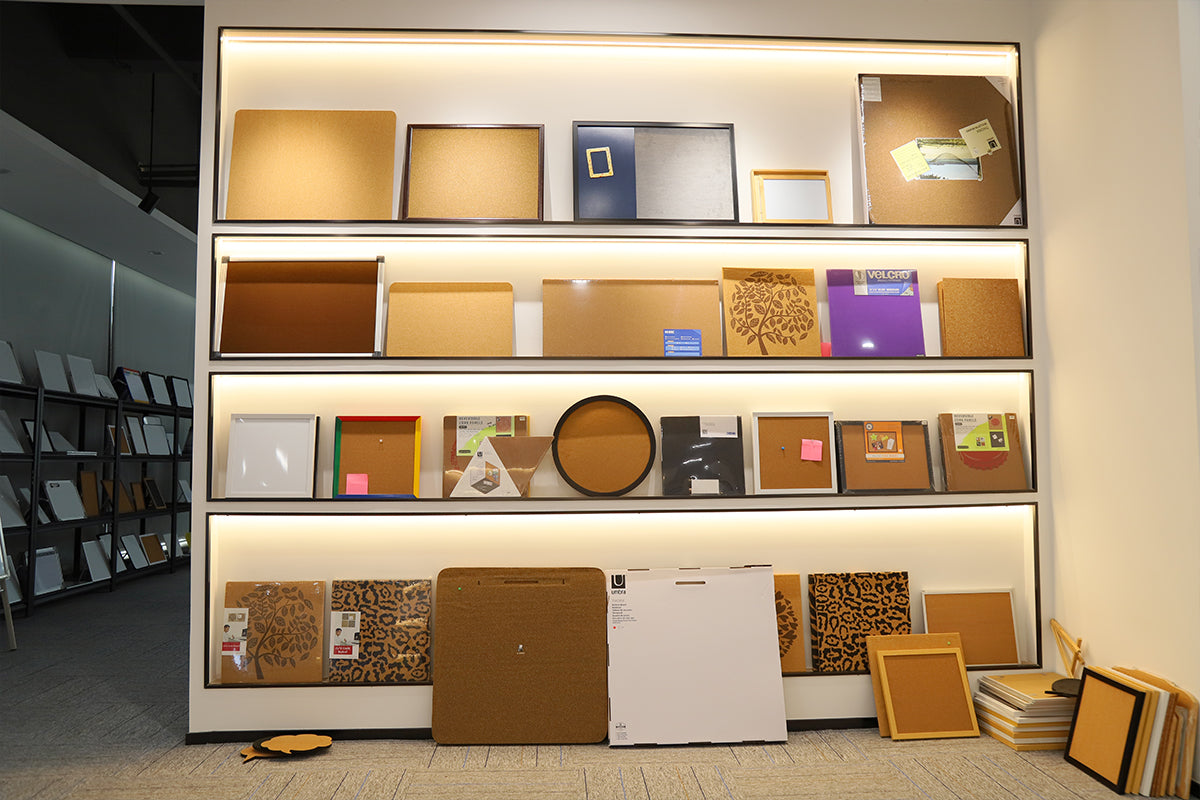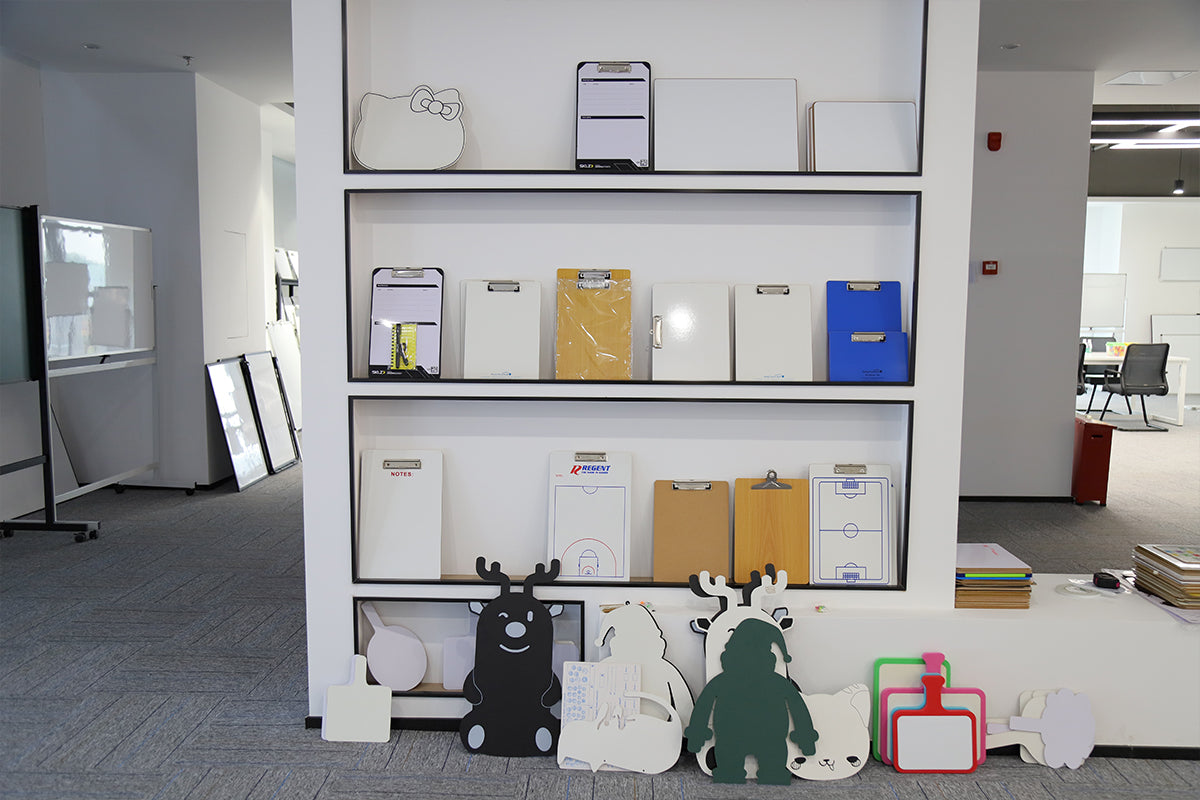Understanding Standard Stand Whiteboard Sizes: A Guide for Educators and Professionals
Share
In our modern age of collaboration and presentation, the stand-up whiteboard has firmly established itself as an indispensable tool across educational and professional settings. Whether you’re a teacher looking to engage students, a business professional presenting ideas, or a group member brainstorming in a meeting, understanding standard stand whiteboard sizes is crucial. Let’s dive into the most common sizes you might encounter.

Small Whiteboards
Small whiteboards are perfect for tight spaces and intimate settings. Their manageable sizes make them highly portable, allowing for easy transport and use in various locations. Common dimensions for small stand whiteboards include:
- 2' x 3' (24" x 36")
- 3' x 4' (36" x 48")
These sizes are often ideal for personal use, such as one-on-one tutoring or small group discussions, where a little writing space goes a long way.

Medium Whiteboards
Medium-sized whiteboards strike a balance between space and usability. They offer a larger writing surface without taking up too much room, making them suitable for classrooms and conference rooms. Typical medium sizes are:
- 4' x 6' (48" x 72")
- 4' x 8' (48" x 96")
These boards are popular for team meetings and classroom lessons, providing ample space for notes, diagrams, and interactive learning experiences.
Large Whiteboards
When it comes to larger presentations or group projects, large whiteboards truly shine. These boards provide an expansive writing surface, enabling multiple users to write simultaneously. Standard sizes available for large whiteboards include:
- 6' x 4' (72" x 48")
- 6' x 8' (72" x 96")
- 8' x 4' (96" x 48")
- 8' x 6' (96" x 72")
Their size makes them ideal for workshops, seminars, and conference presentations where visual clarity and space for collaborative input are essential.
Vertical Whiteboards
Many users prefer vertical whiteboards for specific presentations or teaching styles. These boards can often be found in dimensions similar to their horizontal counterparts, such as:
- 4' x 6'
- 4' x 8'
Vertical boards enhance visibility and engagement, especially in a classroom where the attention of students needs to be captured effectively.
Choosing the Right Whiteboard
When selecting a stand-up whiteboard, several factors need to be considered:
- Space: Assess the location where the board will be used. Ensure that there is sufficient space for the size of the board you intend to use.
- Mobility: If the board needs to be moved frequently, consider lighter options or those that come with easy-rolling stands.
- Writing Surface Needs: Depending on the nature of your work or presentations, different sizes may be required. Ensure that the writing surface aligns with your intended usage.
Furthermore, investing in a sturdy, adjustable stand can significantly enhance the usability of the board, accommodating different heights for various users and contexts.
Conclusion
In conclusion, selecting the appropriate size for a stand whiteboard can greatly influence the effectiveness of communication and collaboration. Whether you choose small, medium, or large whiteboards, understanding standard stand whiteboard sizes enables you to facilitate engaging discussions, enhance learning experiences, and streamline presentations. With the right board, you can transform ideas into visual representations that inspire creativity and foster collaboration.










